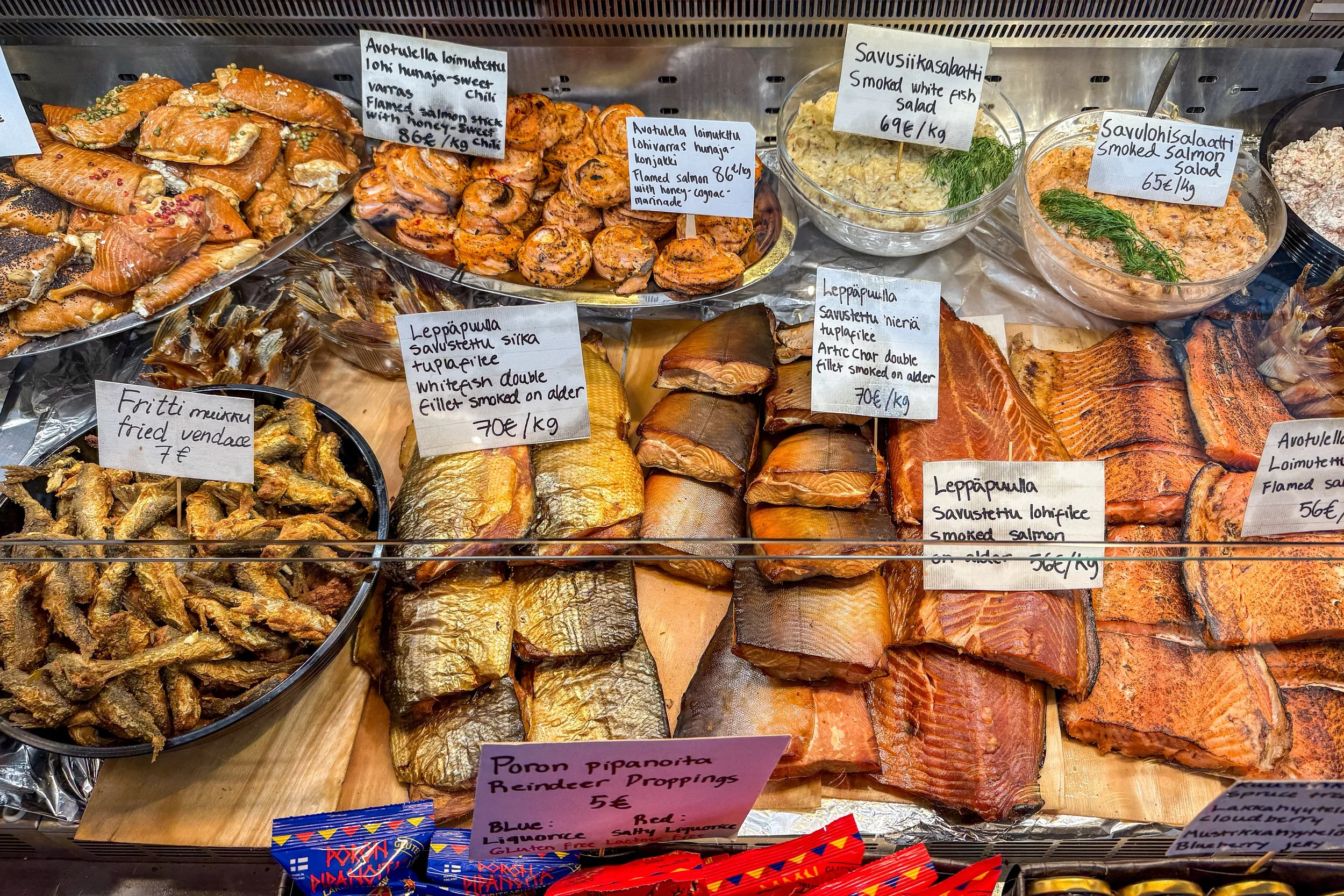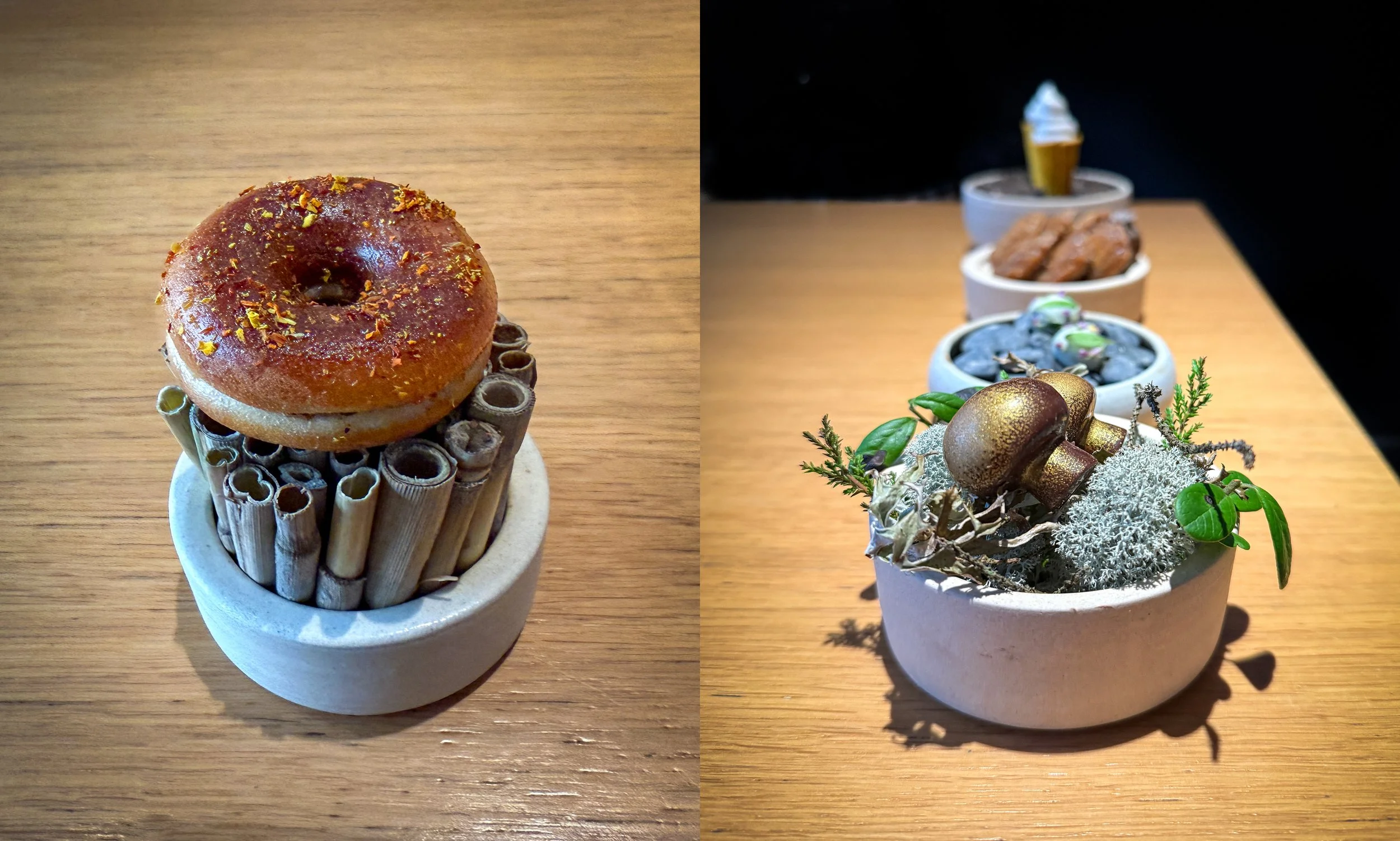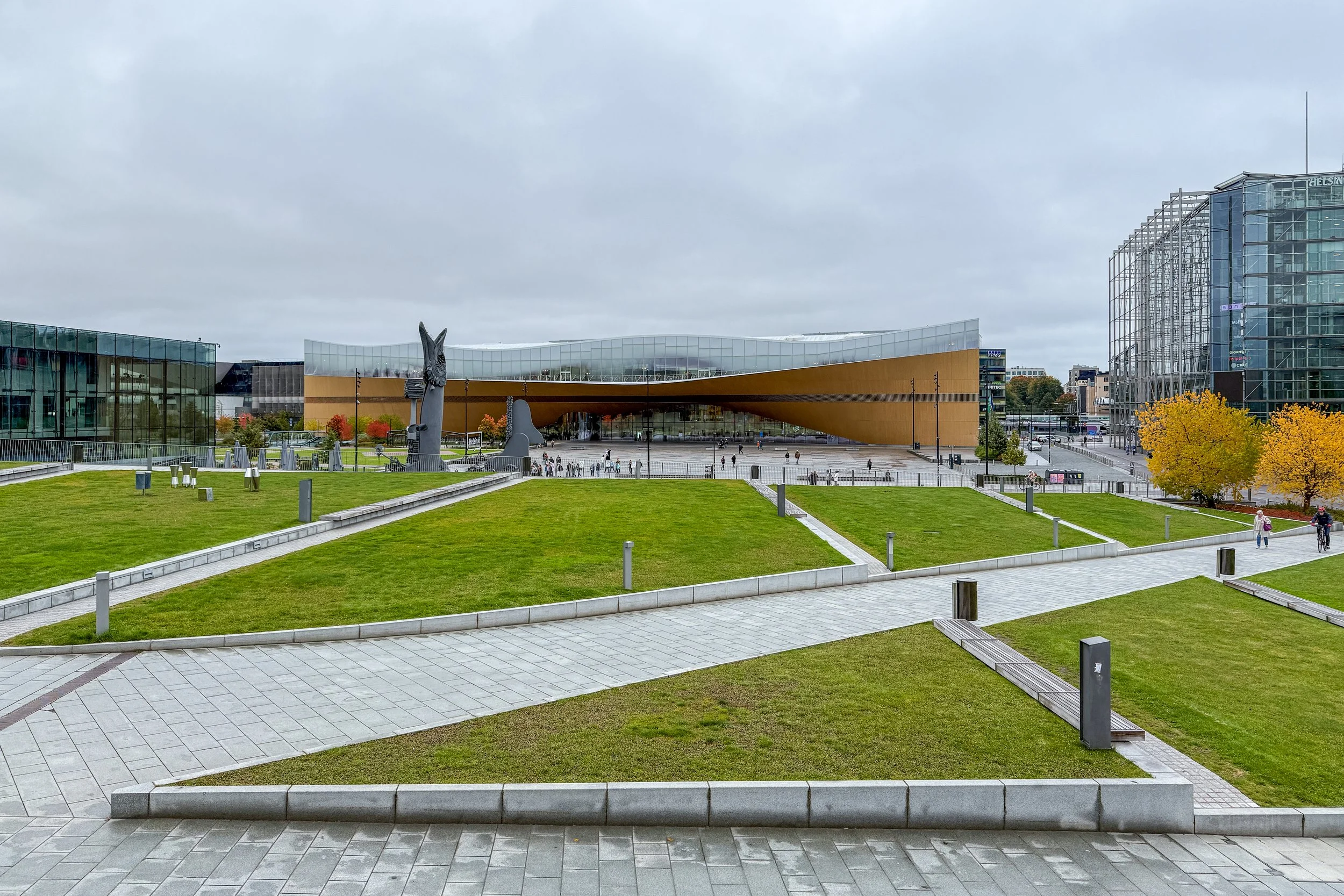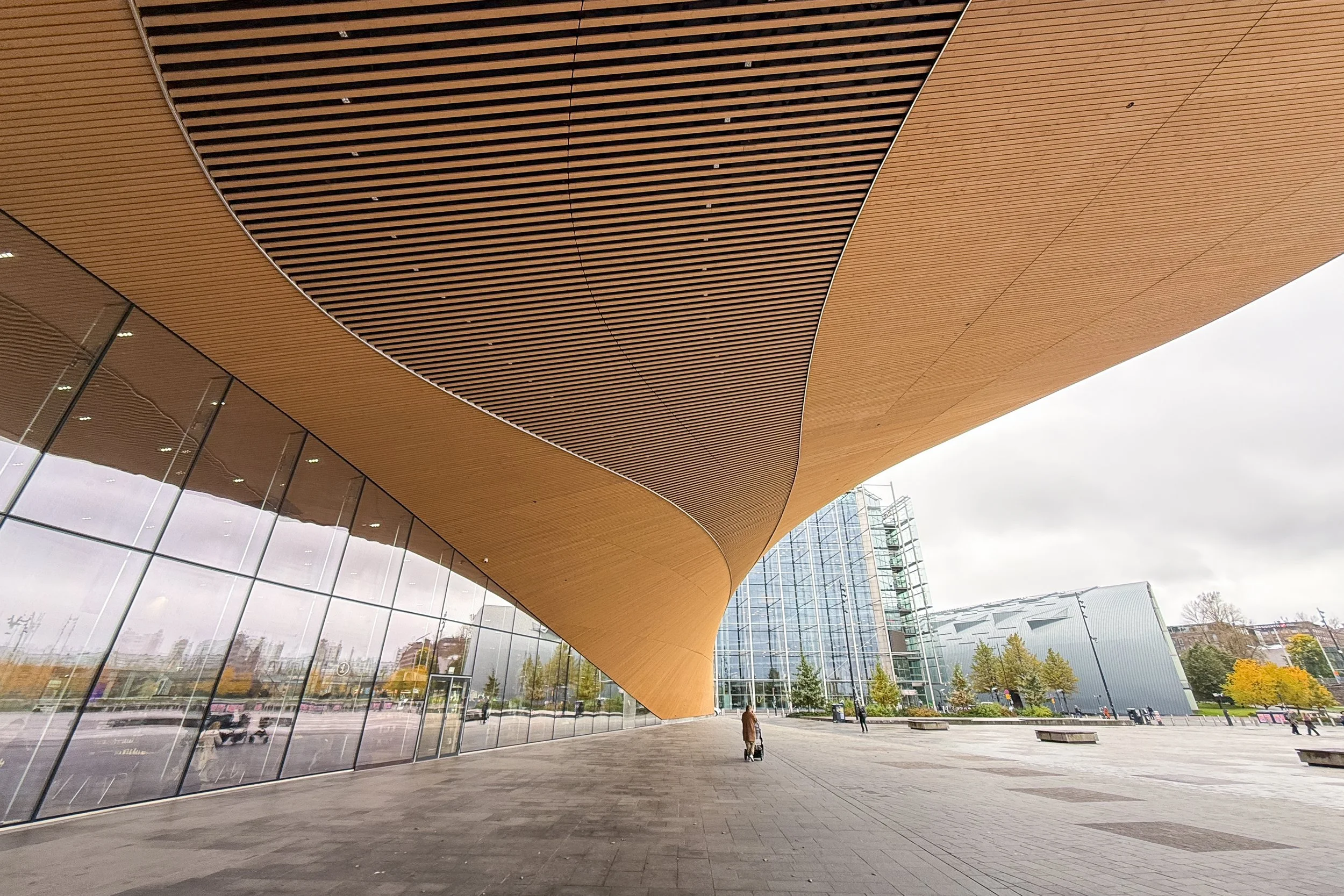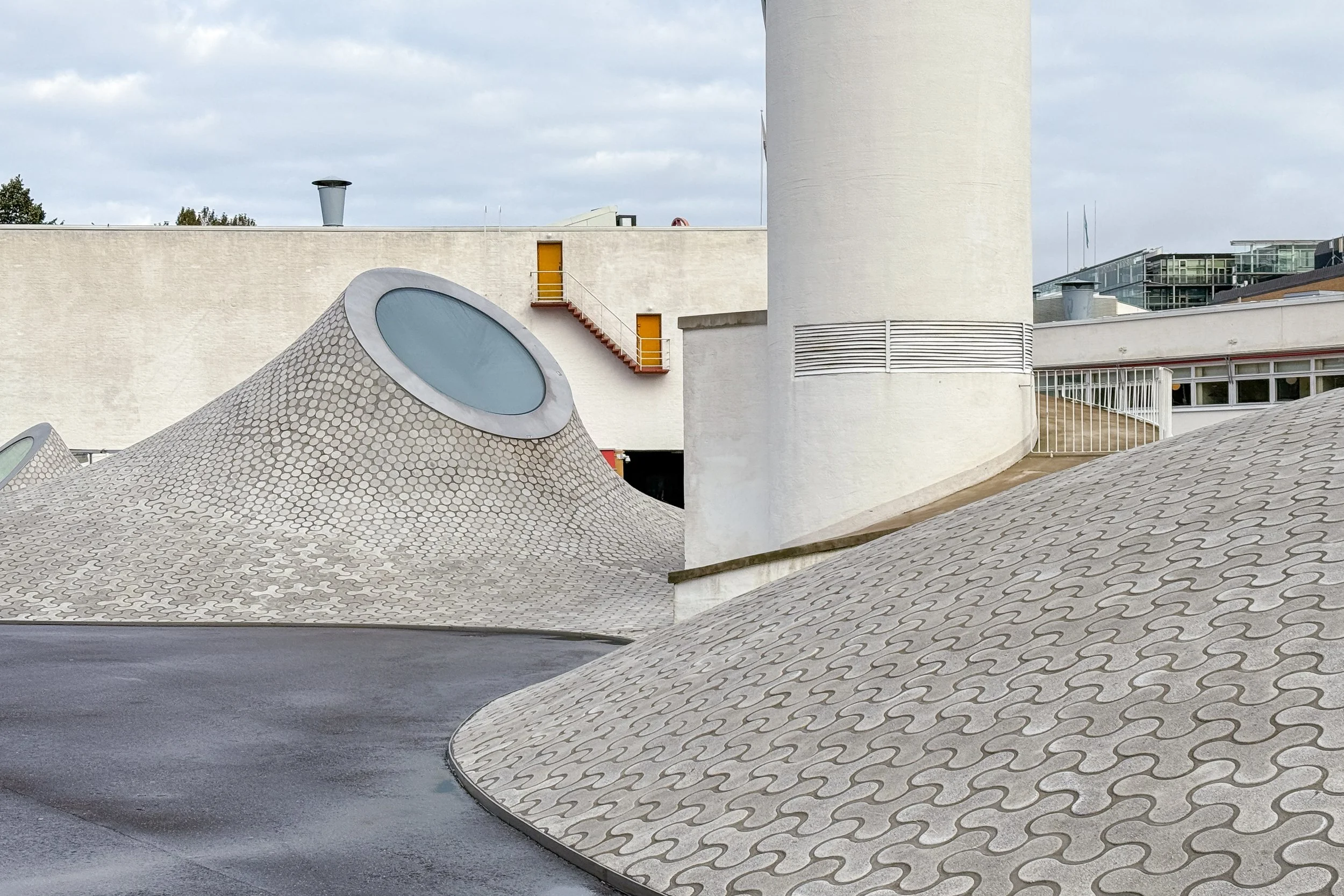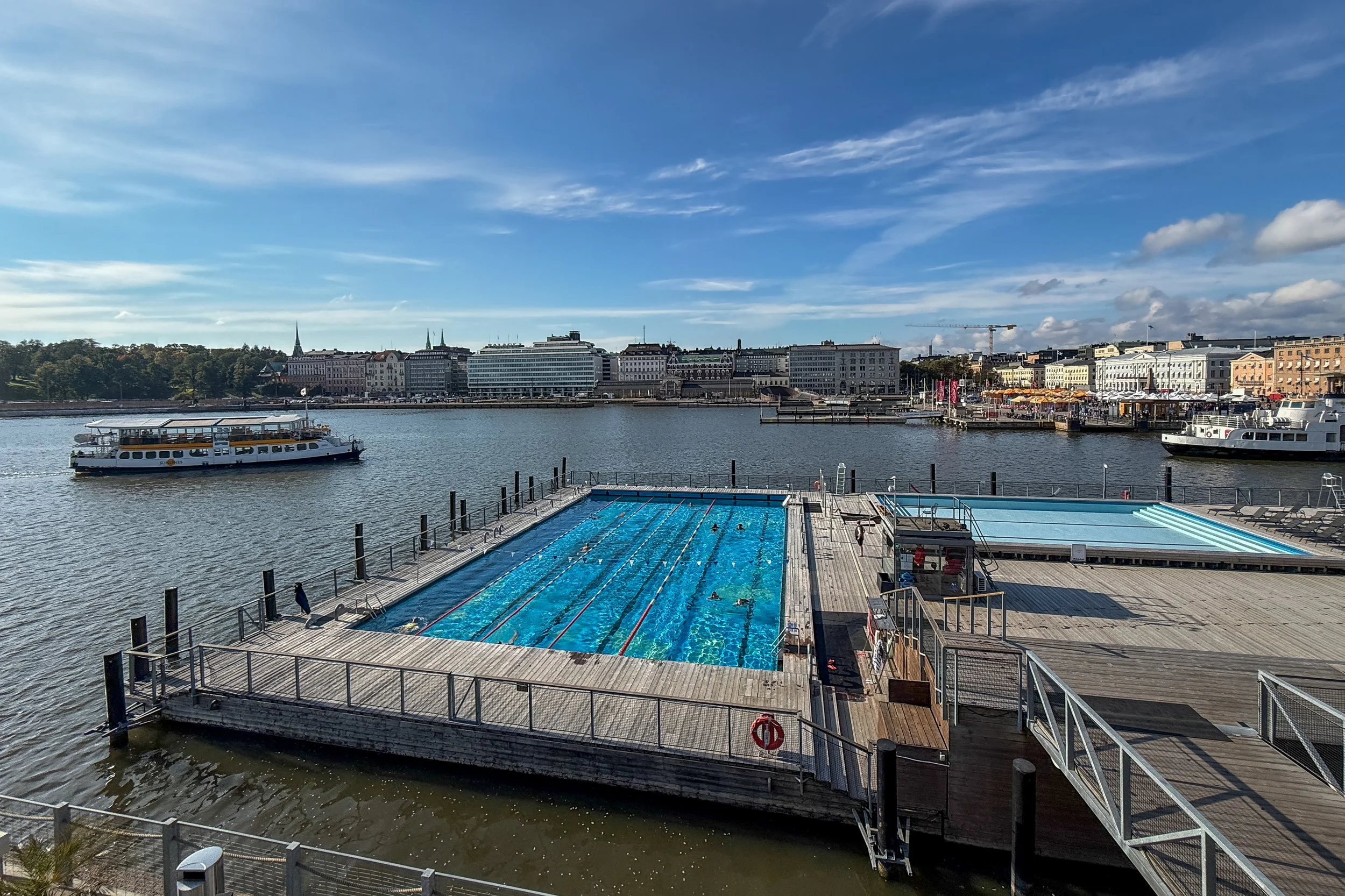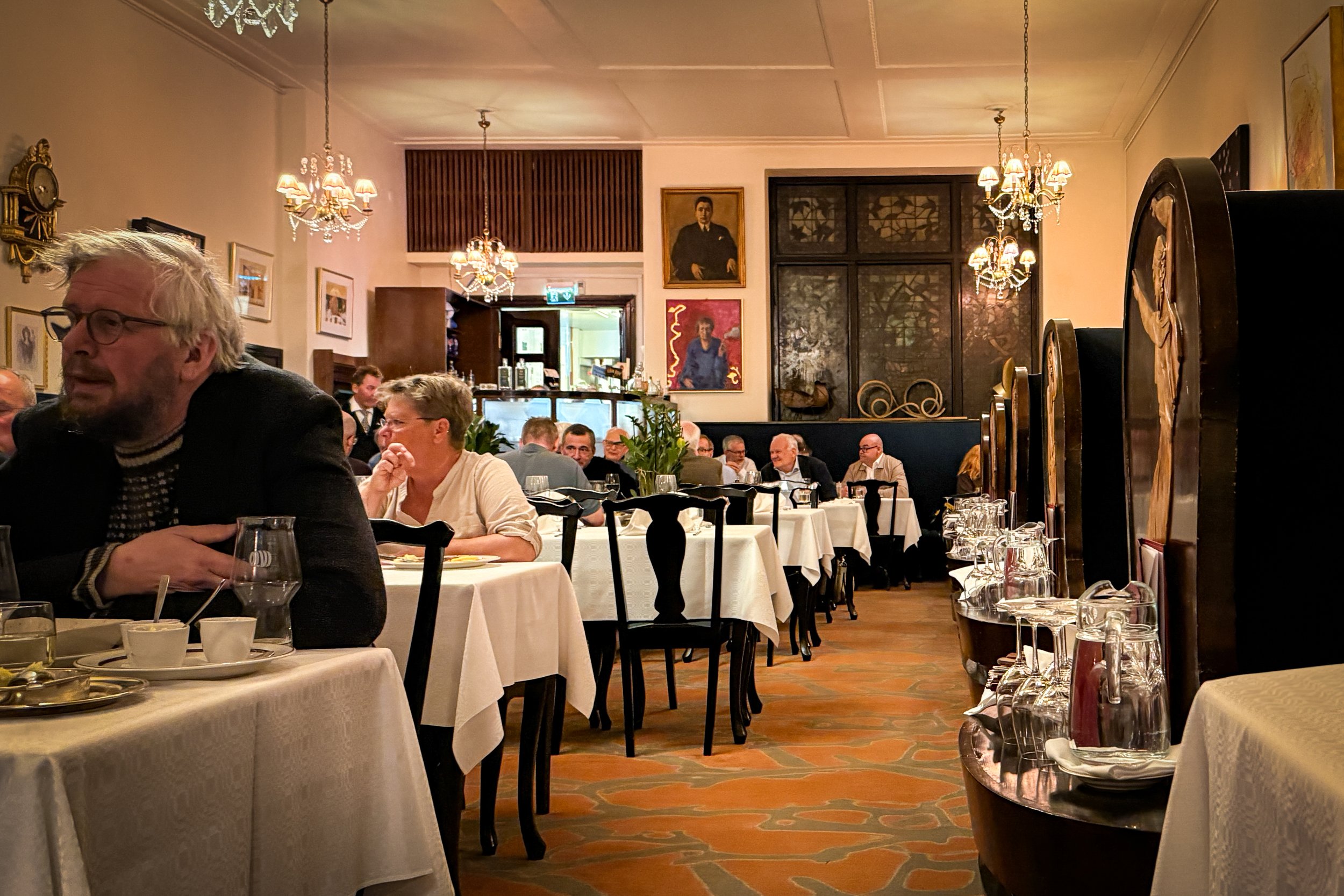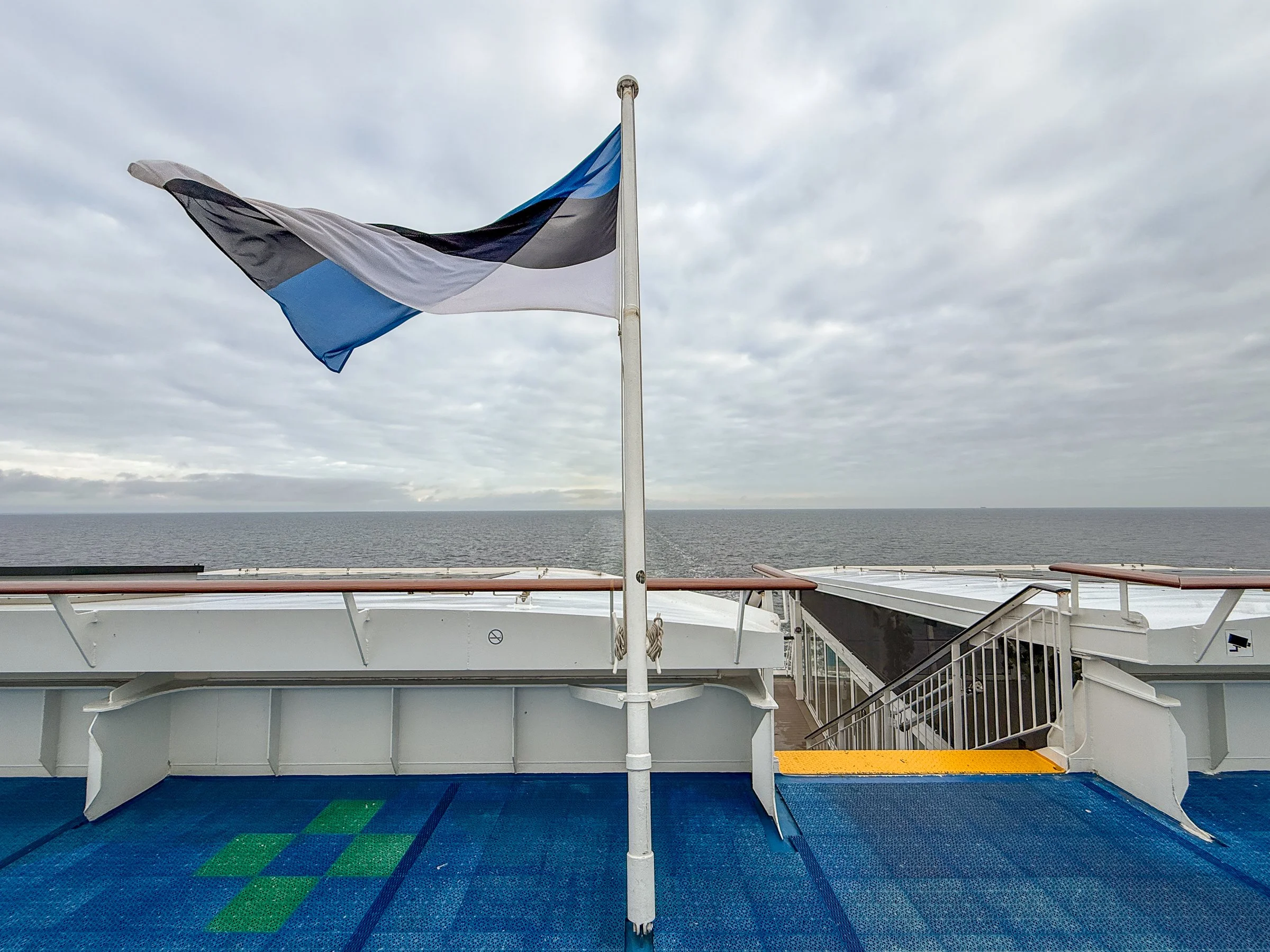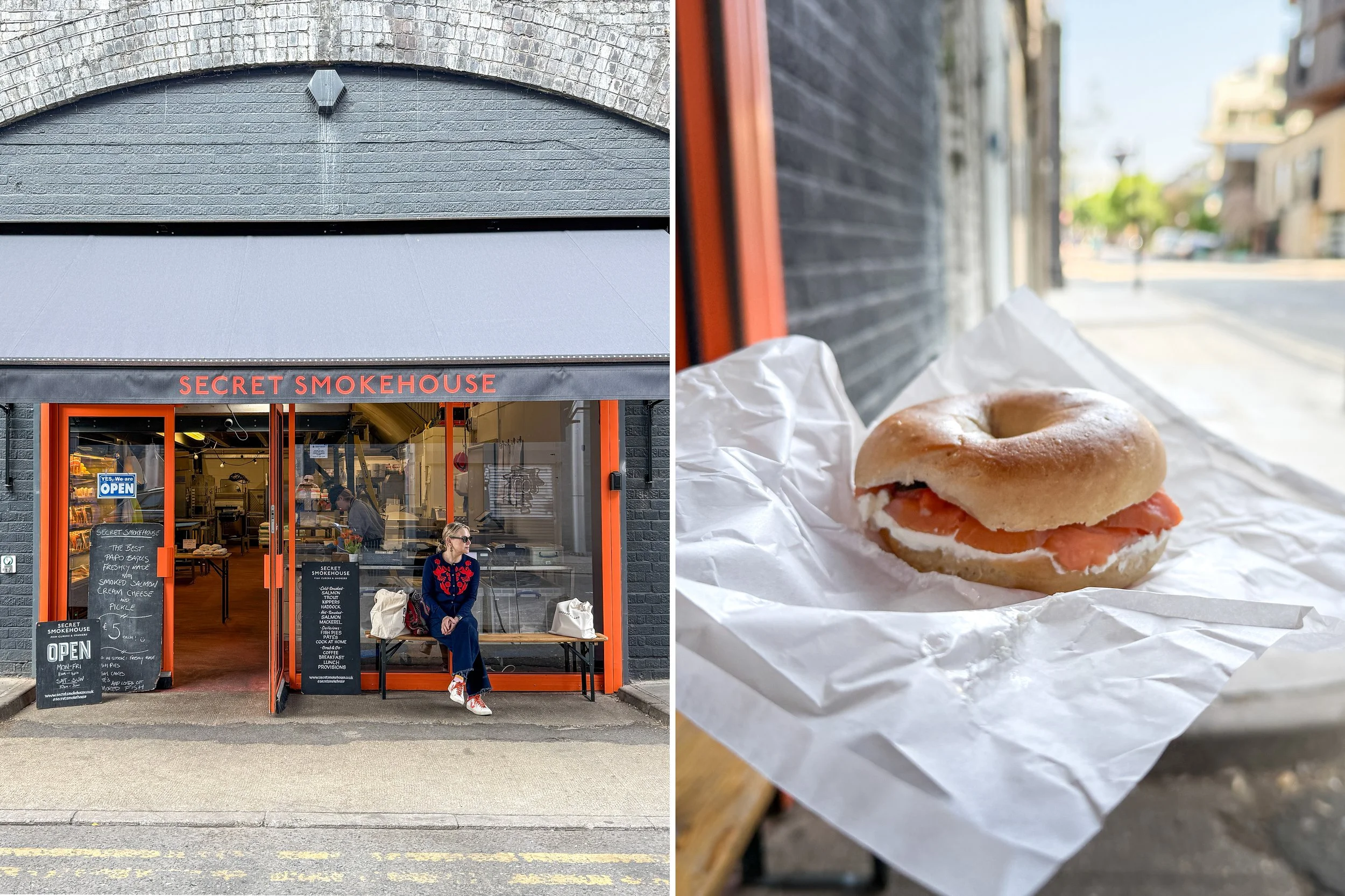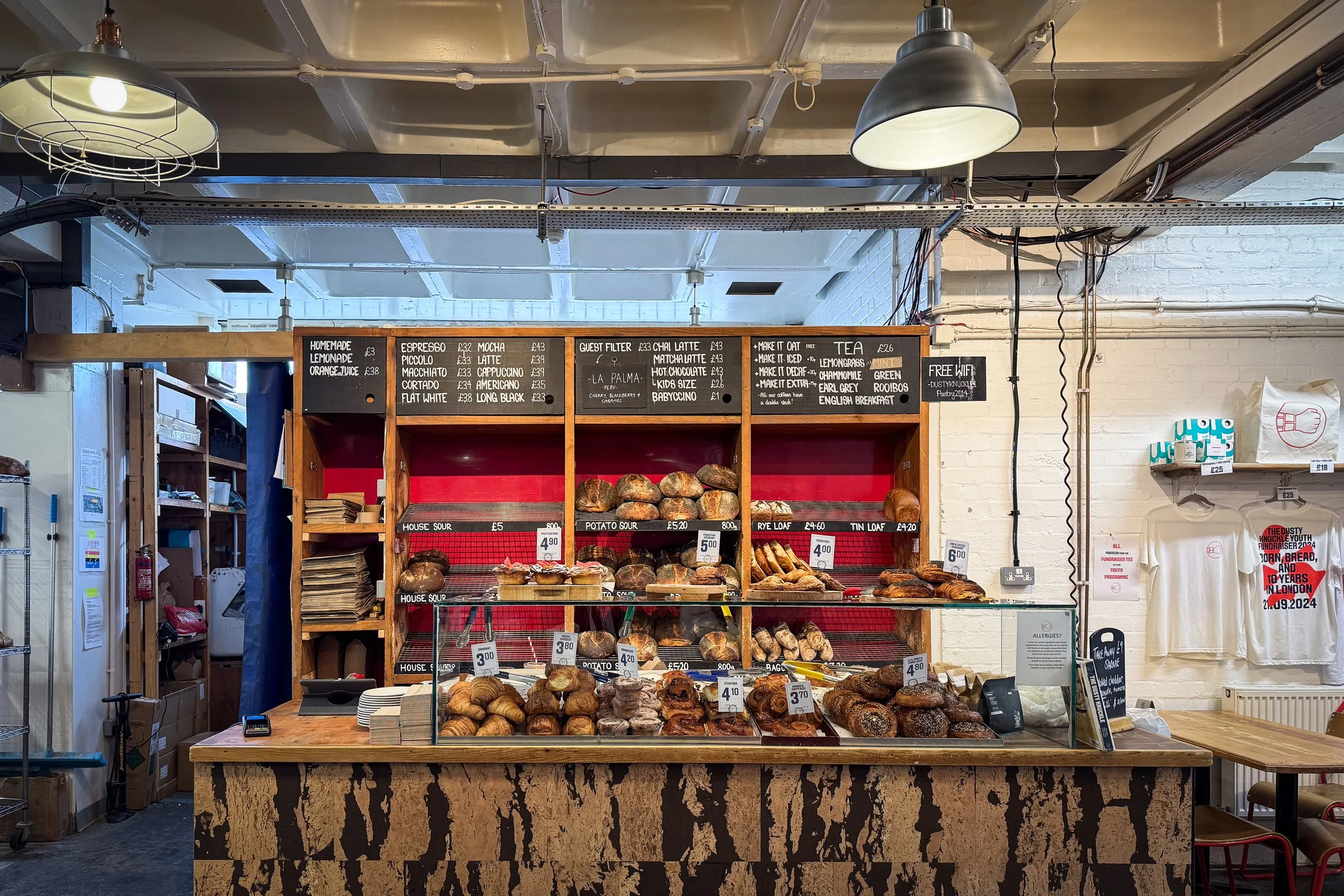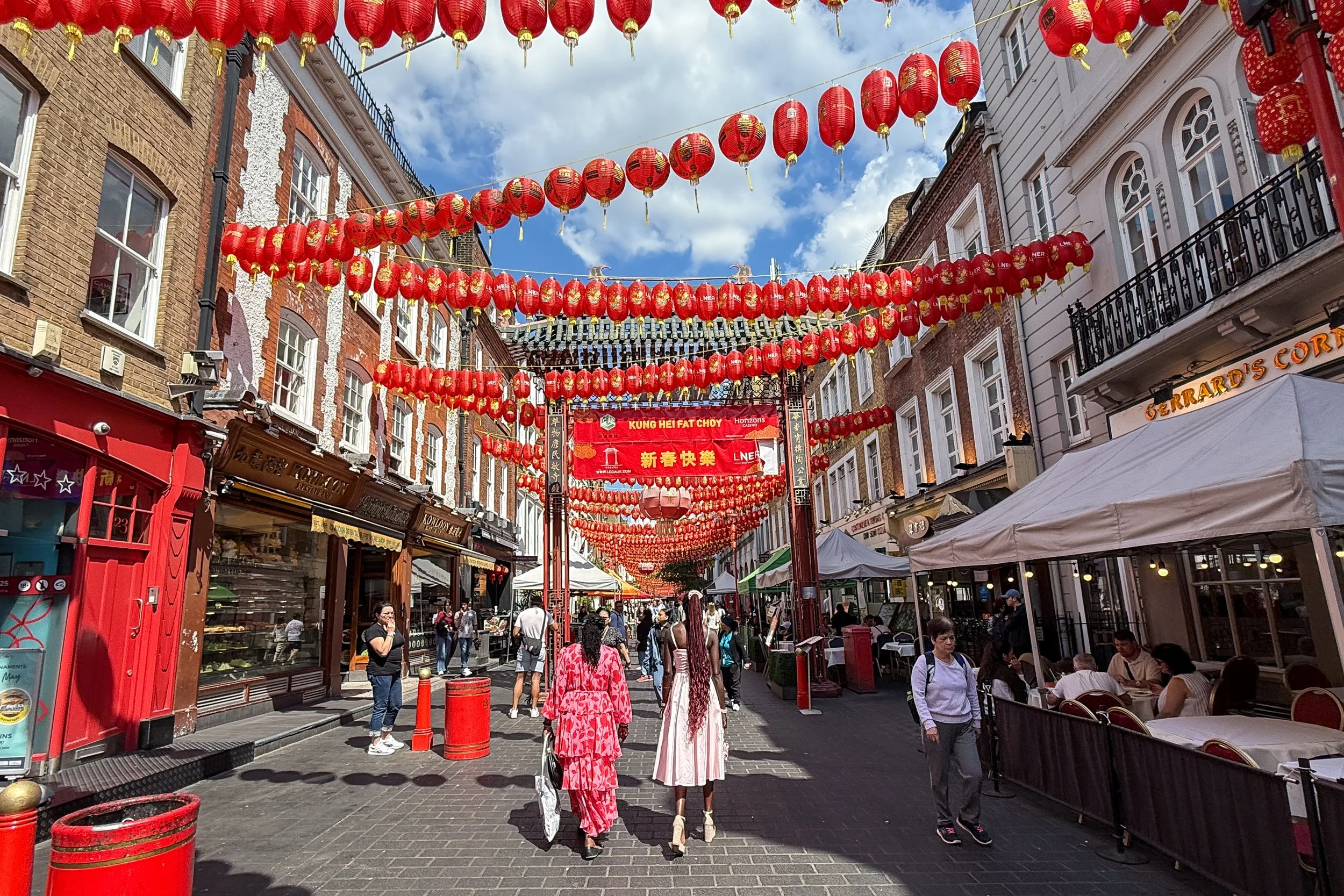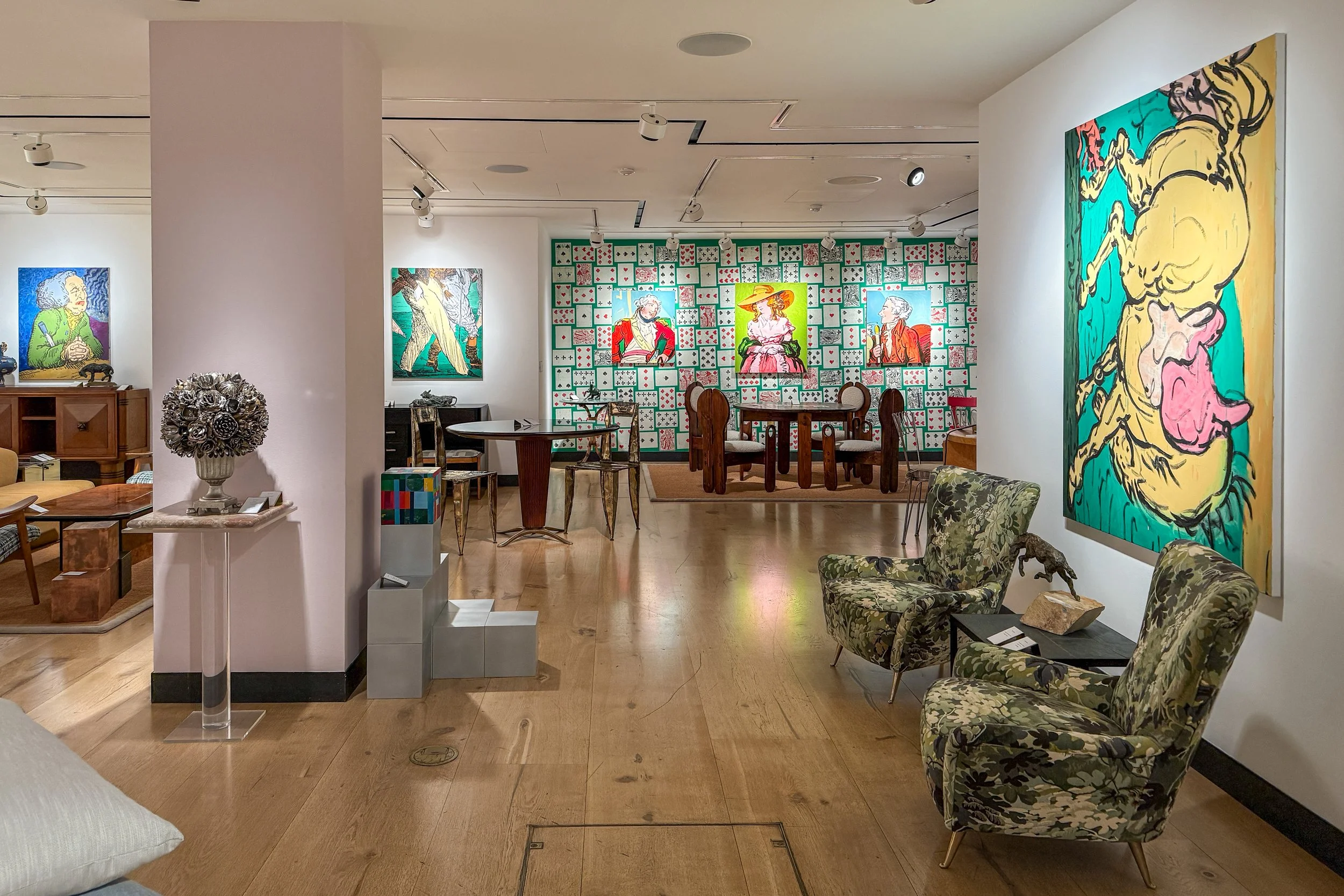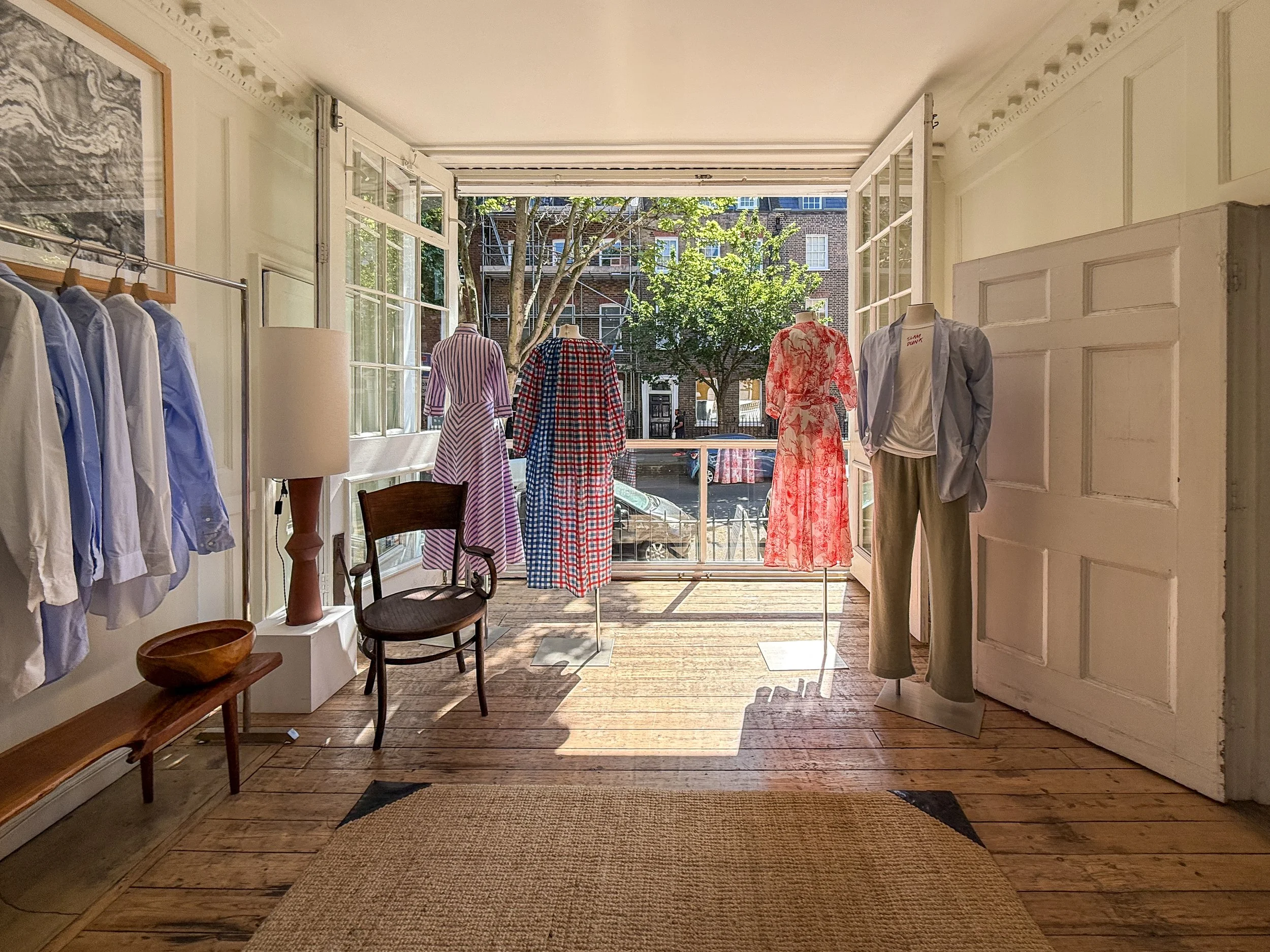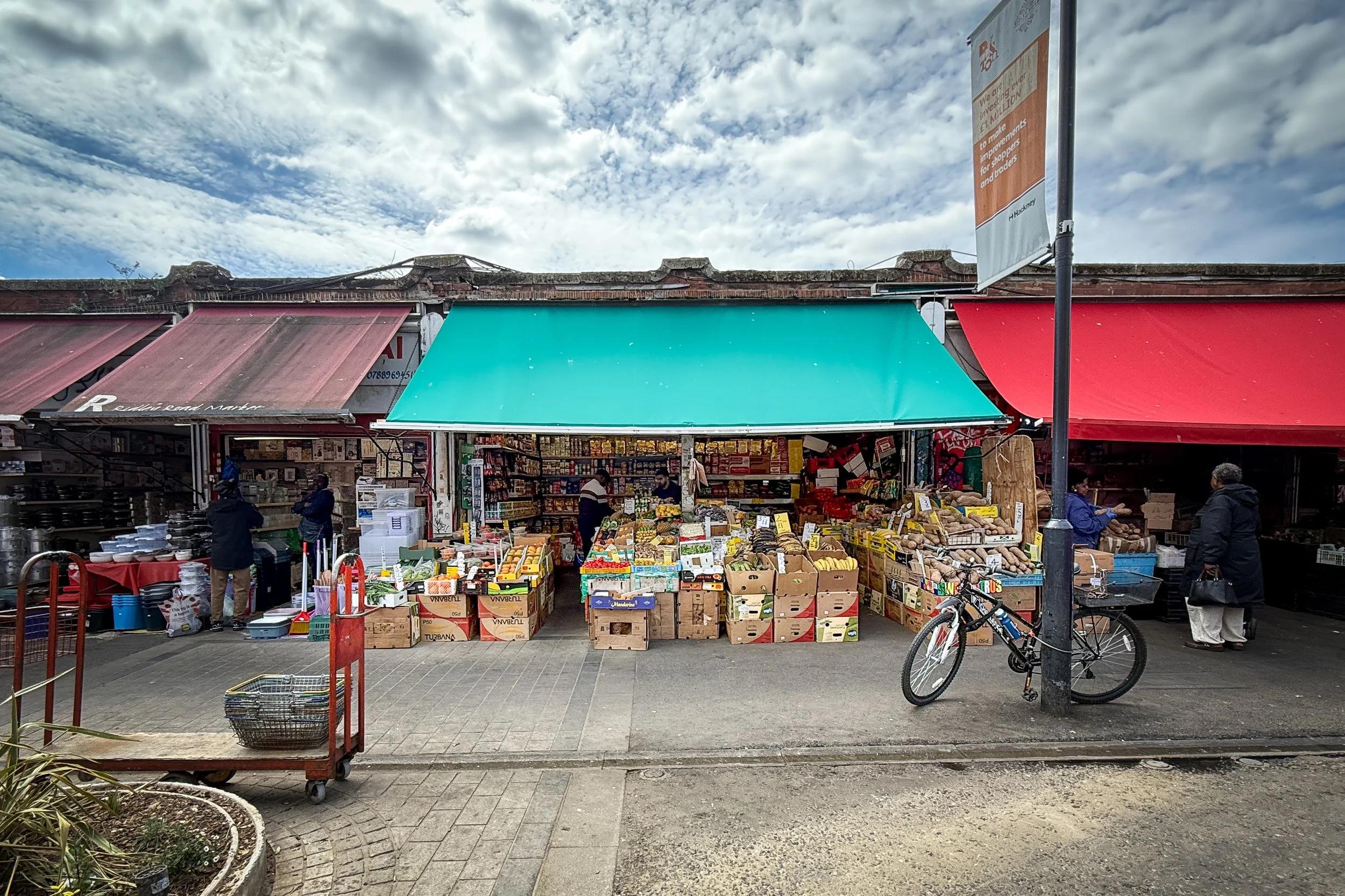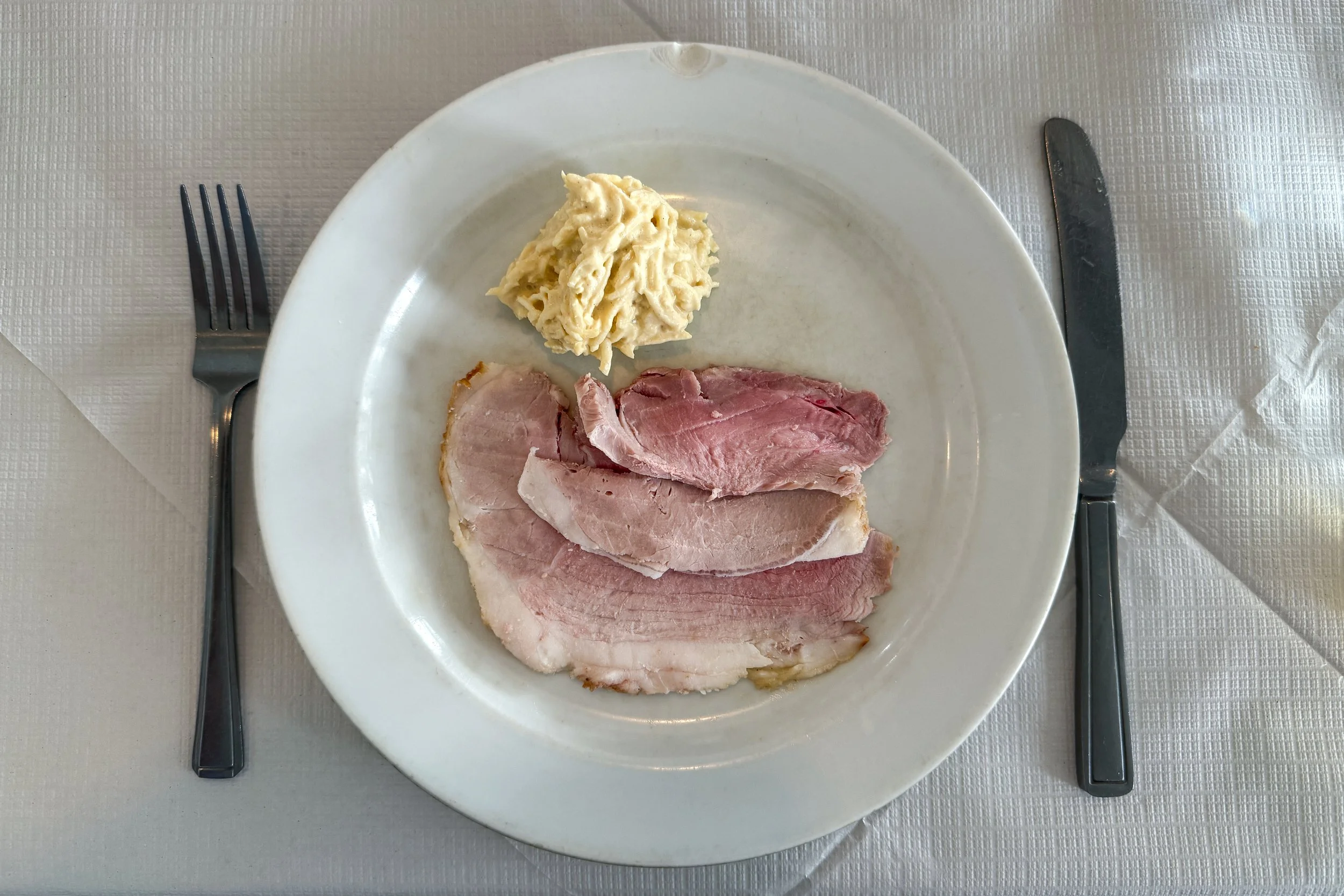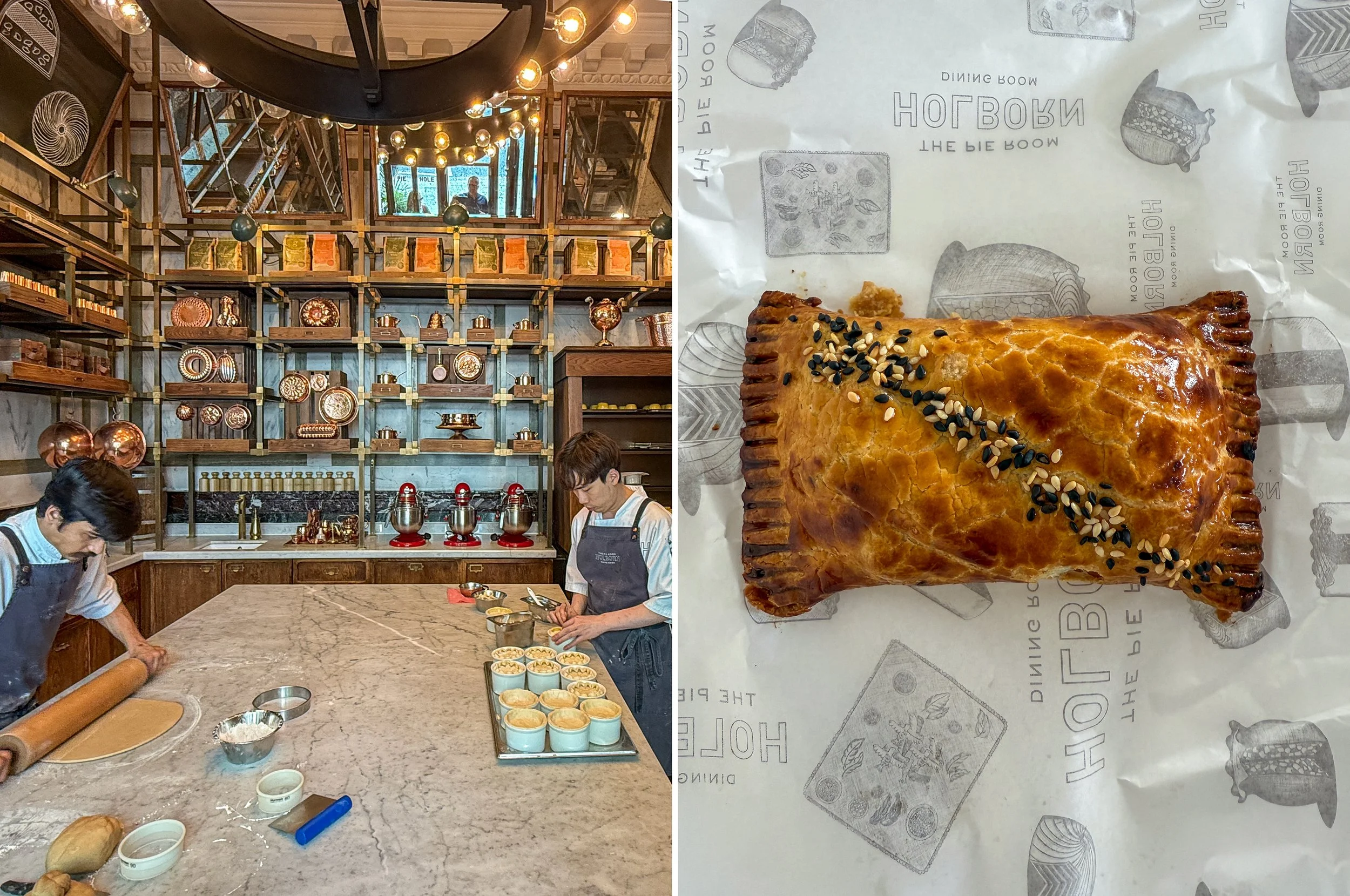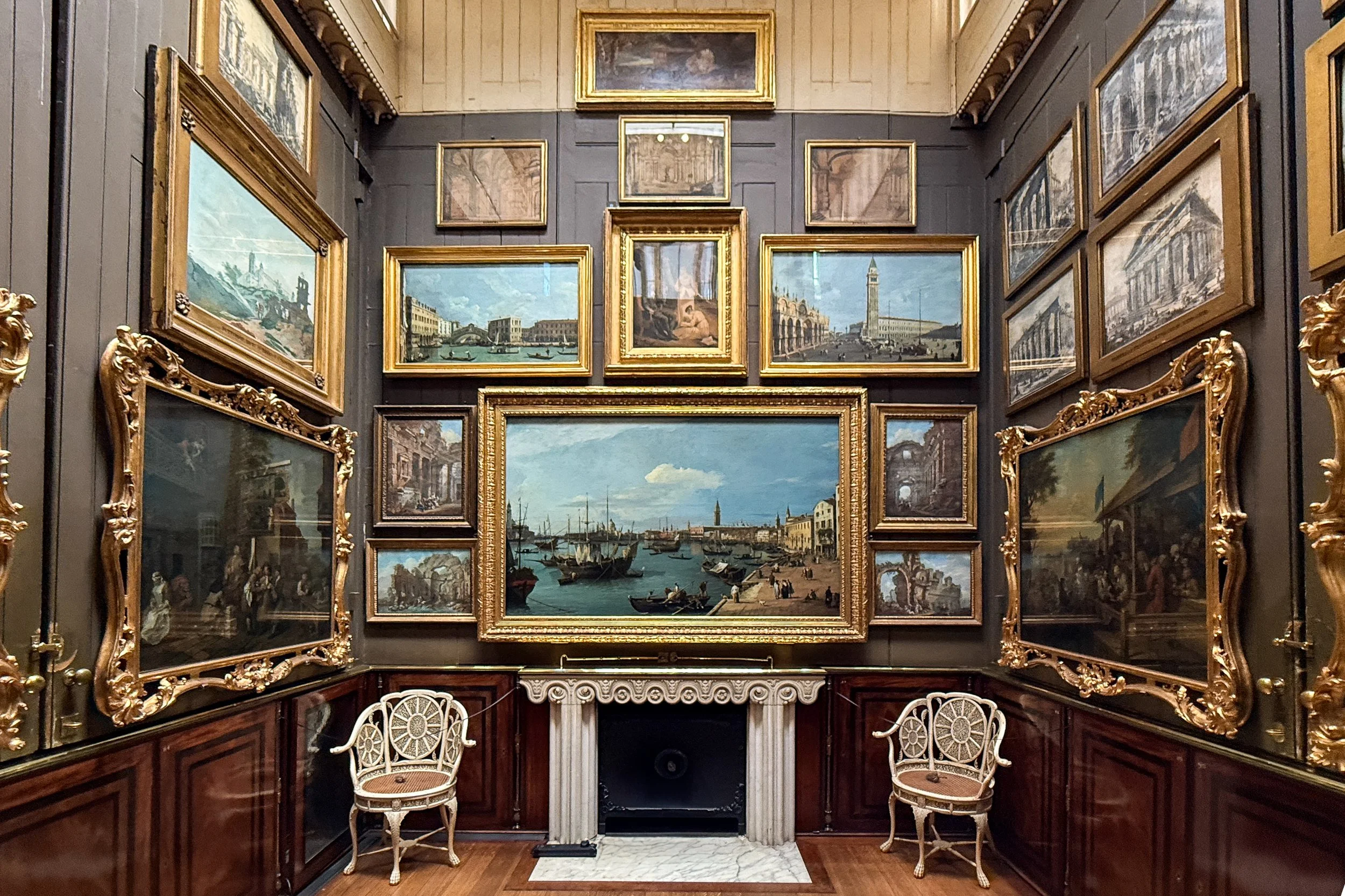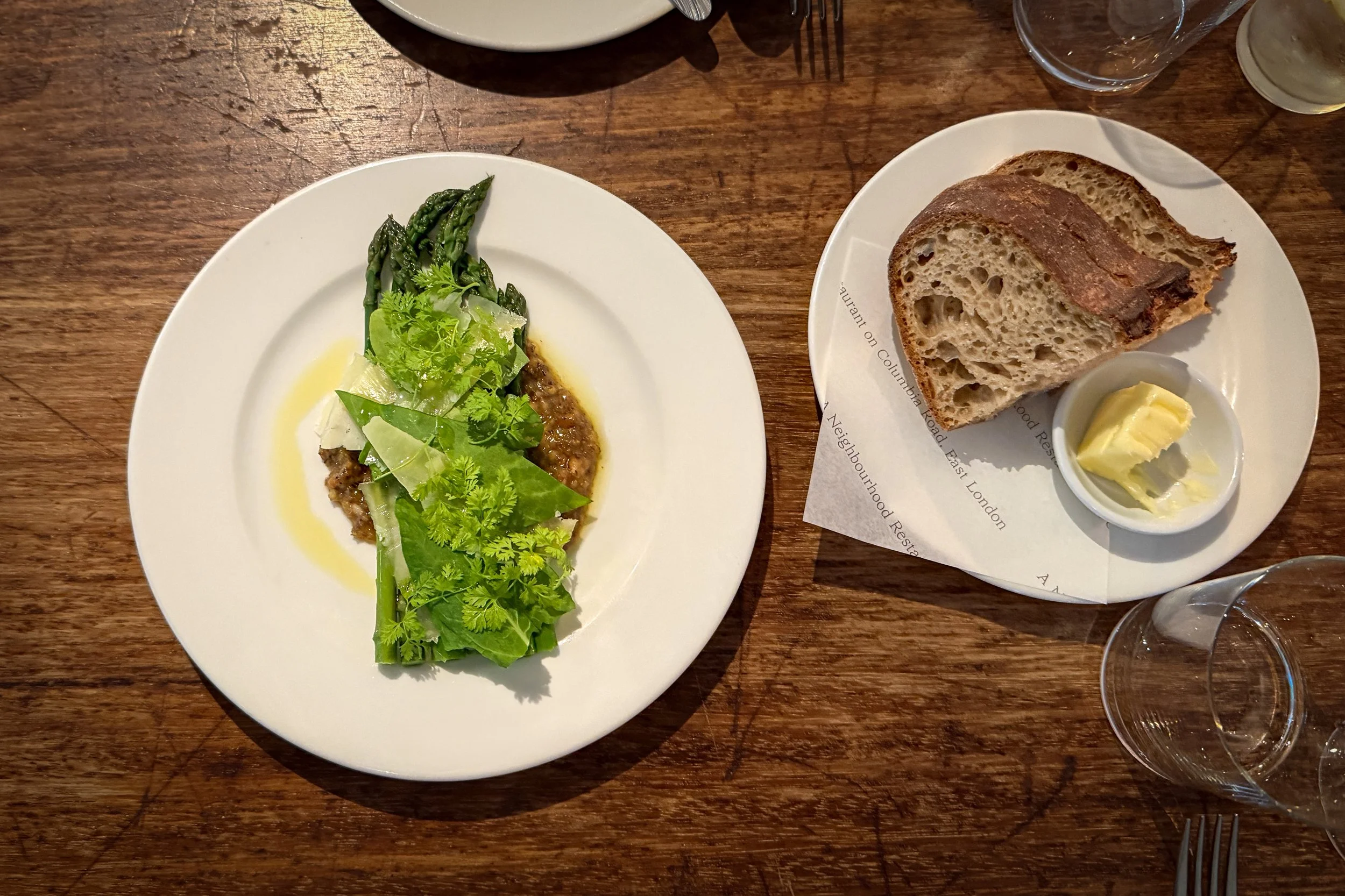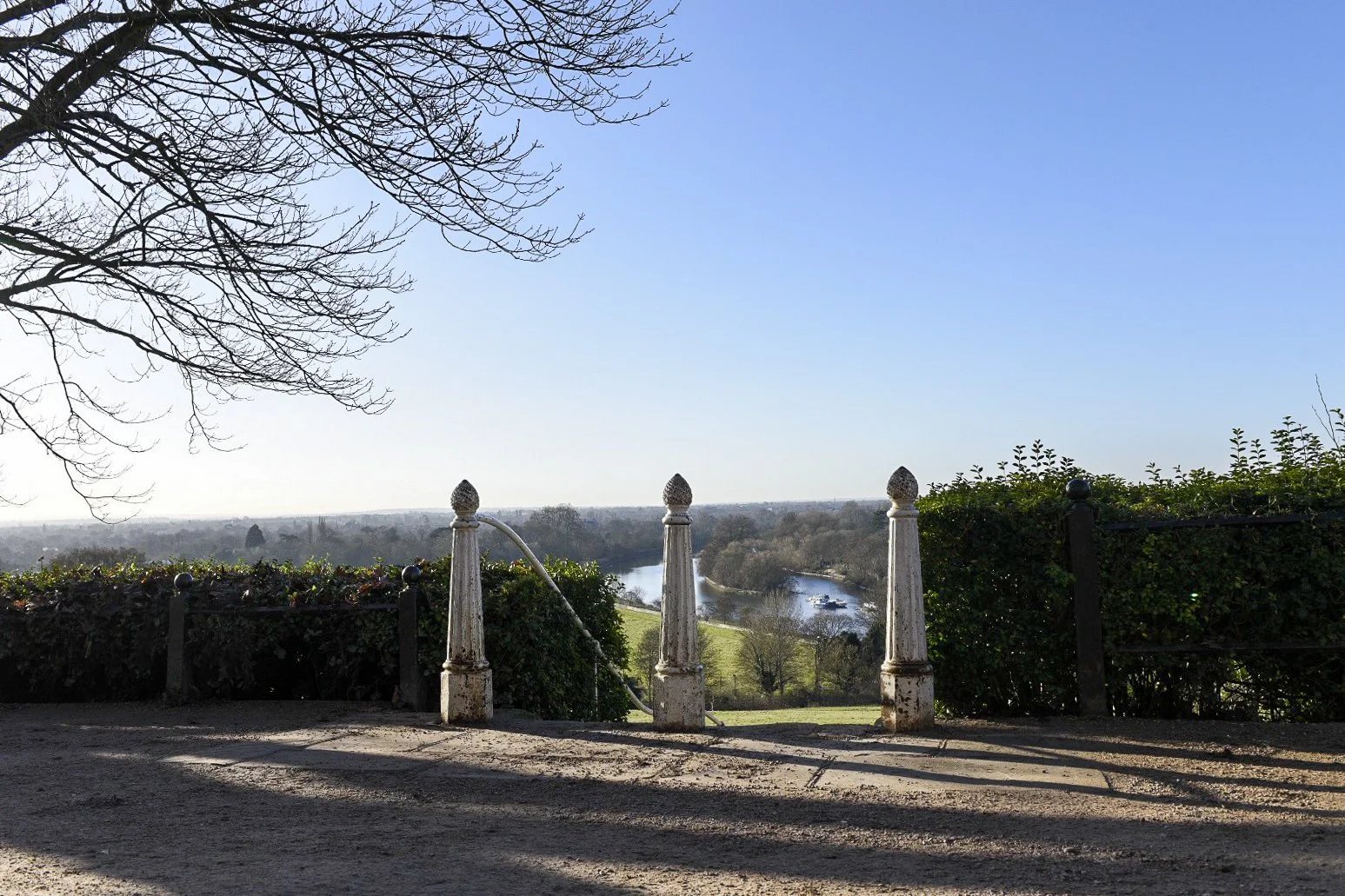Intro Text
Just the Facts
Background
Finland is bordered to the north by Norway, to the east by Russia, to the south by the Gulf of Finland, to the southwest by the Gulf of Bothnia, and to the northwest by Sweden. Its area includes the autonomous territory of Åland, an archipelago at the entrance to the Gulf of Bothnia. About one-third of the territory of Finland—most of the maakunta (region) of Lappi—lies north of the Arctic Circle.
Finland, country located in northern Europe. Finland is one of the world’s most northern and geographically remote countries and is subject to a severe climate. Nearly two-thirds of Finland is blanketed by thick woodlands, making it the most densely forested country in Europe. Finland forms a symbolic northern border between western and eastern Europe: dense wilderness and Russia to the east, the Gulf of Bothnia and Sweden to the west.
A part of Sweden from the 12th century until 1809, Finland was then a Russian grand duchy until, following the Russian Revolution, the Finns declared independence on December 6, 1917. Finland’s area decreased by about one-tenth during the 1940s, when it ceded the Petsamo (Pechenga) area, which had been a corridor to the ice-free Arctic coast, and a large part of southeastern Karelia to the Soviet Union (ceded portions now in Russia).
Population: (2025 est.) 5,642,000
Throughout the Cold War era, Finland skillfully maintained a neutral political position, although a 1948 treaty with the Soviet Union (terminated 1991) required Finland to repel any attack on the Soviet Union carried out through Finnish territory by Germany or any of its allies. Since World War II, Finland has steadily increased its trading and cultural relations with other countries. Under a U.S.-Soviet agreement, Finland was admitted to the United Nations in 1955. Since then, Finland has sent representatives to the Nordic Council, which makes suggestions to member countries on the coordination of policies.
Finland’s international activities became more widely known when the Conference on Security and Cooperation in Europe, which resulted in the creation of the Helsinki Accords, was held in that city in 1975. Finland has continued to have especially close ties with the other Scandinavian countries, sharing a free labour market and participating in various economic, cultural, and scientific projects. Finland became a full member of the European Union in 1995.
Neighborhoods
Downtown: The city’s heartbeat, packed with landmarks like Senate Square, Helsinki Cathedral, and bustling market squares.
Designkortteli / Design District: Spanning Punavuori, Ullanlinna, Kaartinkaupunki, and Kamppi, the Helsinki Design District is a hub of creativity known for its boutiques, design shops, galleries.
The Design District is a series of 25 streets and 150 creative shops. From jewelers and galleries to bars, boutiques, hotels and design agencies, this is a must for design-conscious travelers. The stretch of creativity spans four different neighborhoods: Kaartinkaupunki, Kamppi, Punavuori and Ullanlinna. Finding this area is pretty simple with a map and most of these spaces have an official black “Design District” sticker on their outside door. Since the Design District covers a wide span of streets, this is a perfect way to explore the surrounding districts while experiencing the creative facets of Helsinki.
Töölö – Nature Reigns Supreme
Architectural fanatics will surely appreciate the beautiful old apartment buildings that make up the Töölö district. Close by are several touristic highlights including the Hietaniemi Cemetery, Sibelius Monument, the Olympic Stadium and the very scenic Töölö Bay. Hesperia Park and the City Winter Garden lie within this district and are ideal places for taking photos of Helsinki nature at its finest. Just behind Töölö is the Meilahti district which houses several old villas. Due to the expensive real estate in these two neighborhoods, more middle-class people reside here than their younger counterparts.
Kamppi: A central and bustling district, home to Helsinki’s main bus terminal, shopping centers, and a mix of modern architecture and cultural sites.
Kampii – Hustle & Bustle
The Kamppi district is probably the most crowded neighborhood in Helsinki, as it’s borders include both the Central Railway Station and the Cable Factory. Besides being the central point for transportation connections, this area showcased some of the oldest wooden buildings in the entire city. There are several art galleries in Kampii in addition to the Helsinki City Art Museum, National Museum of Finland and the Linnanmäki theme park on Tivolitie. Just a short distance away, Kluuvi is the busiest part of Helsinki, partly due to its slew of restaurants and shops.
Kallio: Bohemian and buzzing, known for its creative vibe, vintage shops, and a vibrant nightlife scene. A hub for students, artists, and free spirits.
Kallio – Hipster Haven
If you are looking for where the bohemians roam free, your best bet is to head straight to Kallio. Located in the east of Helsinki, this district primarily caters to a low-budget student, artist and immigrant population. The general vibe is that of bohemianism and liberal-mindedness. It’s strategically on the other side of Pitkäsilta Bridge, which originally served as a divide between the rich and the poor. However, the neighborhood has evolved into a nightlife-heavy hub and an artistic mecca for Helsinki locals. While Kallio is a bit of a hike from the city center, it’s definitely worth a visit during both the day and night.
Kauppatori: Boho travelers looking to window shop or score a bargain will find their refuge in the Kauppatori district. For years, this neighborhood has been the primary spot where locals shop for just about anything. Take your time to sample the fresh food and desserts sold daily. Its prime location is right next to the water, making a day ferry trip to Suomenlinna Sea Fortress a breeze. To celebrate Helsinki being the current Design Capital of the World, there is a design market also held within Market Square. Other historic attractions include the Helsinki Cathedral, the Presidential Palace and City Hall.
Getting Around
Text
When to Visit
The most popular time to visit is the summer, when you’ll experience the peak weather (and peak crowds). We visited in the off season, in October, and it was definitely chilly, but it was a quieter experience.
Where to Stay
Staying in an AirBnB always allows the opportunity to shop for local ingredients and cook at “home.” We found a great apartment in Östermalm, which was ideally located for a farmers market, shops, and a quieter, albeit upscale vibe. And while Gamla Stan is delightful to visit and walkthrough, the vibe felt a little too touristy. A hipper neighborhood and where we had some of our favorite meals was Södermalm.
In addition to the AirBnB, we also stayed at the Radisson Collection Strand Hotel for a couple of days. It’s right on the water and has a lovely breakfast buffet in the mornings. For something for fancy and boutiquey, the Ett Hem looked fantastic, and out of town on the beach, the Ellery Beach House would be a fun stay.
Shop | Finnish Design
Text
Aalto
Marimekko
Iittala
Artek + Marimekko | ©Nick C. Bumstead
Artek | ©Robin Dorian
Artek
Two floors of inspirational, classic Finnish design in a beautiful setting at the main store in the center of town on Keskuskatu. In the entrance to the store, there is some vintage pieces, but for much more, walk over to Artek 2nd Cycle, which is slightly hard to find down a ramp, but filled with a fantastic selection of vintage Artek pieces, or as they call it “pre-loved Finnish design.“
Artek Helsinki offers a design experience in two stories. Artek’s own collection of furniture, lighting and accessories can be discovered in its entirety. Highlights include product launches straight from the trade fairs, Artek Helsinki specials, which are only available at the store, as well as a workshop, where Alvar Aalto’s Stool 60 can be customised on site by clients. Carefully selected products by like-minded companies, many of which are exclusively distributed by Artek in Finland, complete the offering. Store offers an enlarged book and magazine selection. Artek Helsinki also offers interior design and upholstery services along with a large selection of home textile, including carpets, fabrics and curtains. Welcome to spend time and meet friends, get inspired, explore changing exhibitions and most of all furniture and lightning. Tax Free and Export Service Artek is one of the Global Blue Tax Free Shopping stores in Helsinki. When paying for your purchases ask the shop staff for a Tax Free Form. We offer international shipping.
Vogue: "This legendary Finnish furniture company founded by much-loved designers Alvar and Aino Aalto, has its flagship store in the centrally-located neighbourhood of Kluuvi. Spread across two floors, the shop boasts classics such as the stool 60, the floor lamp A 805, the chair 611 and Aalto vases, along with items from other acclaimed Finnish and international designers. As for their international roster, marvel at the works of Swiss design house Vitra, Swedish String Furniture and French Serge Mouille, along with lots more."
Visit Finland: "Founded in 1935 by Alvar and Aino Aalto, Finland’s most famous architect couple, together with Maire Gullichsen and Nils Gustav-Hahl, Artek is the pre-eminent interior design house of Finland. The two-storey store provides stylish interior design ideas that combine classics with novel pieces. Today, Artek continues to produce and sell many of Aalto’s classic, world-renowned designs – like the Stool 60 design with its distinctive L-shaped legs. Consuming mindfully has always been at the heart of Artek, so alongside creating new pieces, Artek hunts down old items and brings them back to life. Their vintage collection is available at Artek 2nd Cycle, a short walk from the Artek flagship store."
Iittala | ©Nick C. Bumstead
Iittala | ©Nick C. Bumstead
Iittala
Timeless glassware
Visit Finland: "Glassware company Iittala has a collection of timeless and essential objects for the home, comprised of early designs by luminaries Alvar and Aino Aalto and Kaj Frank, and modern pieces from some of the most talented Finnish and international designers working today. Iittala’s global flagship store is located on Esplanadi, at one of Helsinki’s most prestigious addresses. The store showcases beautifully Iittala’s glass art objects as well as the whole product line. Iittala gets its name from the small village where the original glass factory was established in 1881. With over a thousand secret colour recipes, Iittala’s mastery of pigment is completely unique."
Marimekko
Visit Finland: "Marimekko is best experienced through stepping inside the colourful world of Marimekko on Esplanadi. The Finnish design company founded in 1951 has always been an emblem for people who walk their own path with confidence and style. Renowned for its original prints and colours, Marimekko offers high-quality clothing, bags and accessories, as well as home décor items such as textiles and tableware. The iconic Unikko flower, a vivacious and bold poppy pattern, remains adored and can be found printed across many items in-store. The shop assistants are famously welcoming and helpful."
Shop | Markets









Baltic Herring Market (Stadin Silakkamarkkinat)
Fare Magazine: "The Stadin Silakkamarkkinat (“the Baltic herring market”) is one of Helsinki’s longest traditions. Dating back to 1743, the market was established under Swedish rule, and is comprised of a line of fishing boats clustered in the small harbor at Kauppatori. The fishermen have traveled from all across Finland, especially from its furthest reaches—like the autonomous island of Åland. They sell fresh, seasoned, pickled, and marinated herring, as well as spreads, smoked lamprey eel, and svartbröd, the famous dark and densely sweet bread that originates from Åland."
Hakaniemi Market
Farmers Market first Sunday of every month.
Fare: "Kahvisiskot (“coffee sisters”) is one of the torikahvila at Hakaniemi Market square, beside the new market hall. Raija Kaattari, 64, set up Kahvisiskot (“coffee sisters”), with her sister Päivi in 1975, and has run the torikahvila
for 42 years."
NYT: "A less touristy atmosphere, hop on a tram to Kallio, a residential neighborhood just to the north, where Hakaniemen Kauppahalli, the Hakaniemi Market Hall, reopened last year after a long restoration. Inside the two-story, red-brick building, which first opened in 1914, stroll the airy aisles where vendors sell fresh fish and meats, seasonal vegetables, delectable cakes and pastries, hearty rye loaves and edible souvenirs like smoked reindeer, salty licorice candies and bags of locally roasted coffee beans."
Venue Report: "A favorite weekend stop for Terhi to grab breakfast and groceries, Hakaniemi Market is filled with various vendors for all your shopping needs. Whether you are on the hunt for fresh pastries, handicrafts, or decor for your home, you will find authentic Finnish goods at this bustling market. Local vendors can be viewed on their website and are open Monday-Saturday so cater to your weekly shopping lists."
Culture Trip: "Hakaniemi Food Hall, built in 1914, is located in the Hakaniemi neighborhood, also next to the Hakaniemi market Square. This charming food hall has two floors; the ground floor is home to local food merchants, such as the well-known Reini meat shop, and the second floor has 28 specialty non-food stores, including a small Marimekko store. There is a pleasant cafe on the second floor, where you can sit down for coffee and cake and relax after a day of shopping. The Hakaniemi Food market Hall is easily accessible by tram, bus and subway."
Shopping for Smoked Seafood at the Old Market Hall | ©Nick C. Bumstead
Old Market Hall (Vanha Kauppahalli)
Guardian: "My favourite thing to do in Helsinki is get a fish plate from a stall in the authentically Finnish Kauppahalli (Old Market Hall) on the harbour front. I go there after a heated-pool swim and a quick dip in the icy Baltic at the Allas sea pool."
NYT: "The 19th-century Old Market Hall, is a natural first stop for many visitors disembarking from the hulking cruise ships that dock along the bustling harborfront."
Culture Trip: "The lovely and recently renovated Old market Hall is the oldest food market hall in Helsinki, serving loyal customers since 1889. This beautiful market hall building was designed by Finnish architect Gunnar Nyström. It is strategically located just next to the Helsinki market Square, close by the sea. The Old market Hall is very popular with tourists, especially in the summer. If you want to sample some Finnish gourmet delicacies, or have lunch in the lovely surroundings, then this is the place for you."
Visit Finland: "Opened in 1889, is the oldest and most iconic one, and the perfect place to get started. Located by the Market Square right by the Baltic Sea, the Old Market Hall serves everything from seafood, fine cheese and sweet treats to specialties such as reindeer meat. The Old Market Hall is a great place to enjoy affordable lunch. The salmon soup and fish sandwiches are a must-try! This is also the place to get picnic treats before catching a ferry to Suomenlinna."
Eat | Lunch
Lunch at Grön | ©Nick C. Bumstead
Lunch at Grön | ©Robin Dorian
Grön
Certainly, this is a fancy, pricey experience, it’s one-starred Michelin after all, but it’s well worth it, especially for lunch. It’s a small restaurant with just six tables and an open kitchen. The sourcing is impeccable, the cooking is unique, and the presentation is both creative and elegant. The lunch prix fixe menu consists of many courses, but not in an over-eating, stuffed sort of way.
At Grön we offer a set menu based on the seasonal highest-quality Finnish and Nordic produce, our menu reflects the natural flow of ingredients. What grows now determines our menu. We offer two menu options that evolve within a particular season - Spring, Summer, Autumn and the Winter season menu. During each season we discover different ingredients from producers, forest, ocean, wild and our own farm. We aim to highlight them when they are at their absolute best.
Anders & Kaitlin: "If you’re traveling to Helsinki in search of the best food, you’ve got to make a reservation at Grön. This was our favorite meal of our Finland trip, and one of the best meals we’ve had in a long time. Every single bite delivered a flavor explosion in a way that very few meals achieve. From the tomato tartelette to the lobster beignet to the honey fudge-glazed monkfish, we truly wanted seconds of every dish. Grön currently has one Michelin star, but this place strongly deserves a second. Chef Toni Kostian and his team are serving some of the tastiest and most interesting bites in the Nordics."
Fare Magazine: "In the summer months, chef Toni Kostian and his colleagues at Grön start each day deep in the woods. Finnish winter might be famous for its long, dark nights and fierce chills, but Helsinki summers are surprisingly warm and particularly kind to the urban flora, which explode into life—so much so that the chefs of Grön can find all manner of wild berries, herbs, and vegetables within 15 minutes of the city centre. In a sense, Grön represents a new wave of democratisation in elevated dining. For locals, dining at Grön represents great value for money but moreover the experience is cozy and unpretentious experience, the flavours comforting, the space inviting. In this way, Toni has found a way to appeal to local tastes and encourage average diners to return to the roots of Finnish food culture."
84 Rooms: "My personal favorite fine dining restaurant in Helsinki, and the best and most creative restaurant in the city. Grön is a tribute to creativity, the wild, and us all. The cuisine is based on the seasonal highest-quality Finnish and Nordic produce, and the menu reflects and respects the natural flow of ingredients."
Michelin: "A seasonal and sustainable ethos runs throughout this cosy, passionately run restaurant – neatly demonstrated by its shelves filled with jars of fermenting foodstuffs. The all-Scandinavian ingredients – like glistening Norwegian cod – are at the heart of the cooking, with a real purity to the best of the dishes. Vegetables get a chance to shine too, and there’s a vegan menu available if you want to experience this to the full. Dishes are brought to the table by the chefs, and the natural wine flights are well-chosen."
Nordic Nomad: "At Grön, the Swedish word for ‘green’, the youthful team of chefs pluck and forage their way through Finland to create the finest plant-based menu in Helsinki. One worthy of a Michelin star, no less. With an open kitchen and shelves stocked with fermenting foodstuffs, this cosy, passionately run restaurant offers a warm, inviting environment. Precise, modern cooking puts vegetables to the fore; ingredients are top-notch and purity is key. Dishes are brought to the table by the chefs themselves, and the natural wines are well-chosen."
Lunch at Way Bakery | ©Nick C. Bumstead
Lingonberry Caramel Cake and Coffee at Way Bakery | ©Nick C. Bumstead
Way Bakery
Anders & Kaitlin: "A perfect day for us in Helsinki would start at Way Bakery, sitting outside in the sun with a table full of treats and coffee. Way serves our favorite baked goods in town – we feasted on lemon sugar donuts (sprinkled with salt and pepper for a savory kick), canelés, cookies, and all kinds of cakes. In the afternoon, they also serve delicious pasta and natural wine. Our favorite was the rigatoni with pumpkin and spicy sausage, but the gnocchi with gorgonzola and walnuts was also really tasty."
Vogue: "A bakery and a natural wine bar, Way has developed a great concept combining the the finest bottles with the tastiest baked treats in town. Situated in Helsinki’s hip area of Kallio, Way offers everything from a nutritious breakfast and brunch to a hearty pasta lunch - accompanied by a refreshing glass of natural wine, of course. If you don’t have time to sit down, buy a bottle and save it for your next picnic at one Helsinki's lush parks."
Suitcase Mag: "Rub shoulders with Helsinki’s hipster crowd at this bakery-come-natural wine bar on the edge of Karhupuisto Park, Kallio’s most popular patch of green. Founded by the brains behind the city’s legendary Good Life coffee roastery, the neighbourhood café is known for its chunky sourdough, freshly rolled egg pasta dishes and delectable organic wines."
84 Rooms:"All-day trendy café-bakery, great breakfast, pastries, pasta, and wines in the evenings. One of my favorite bakeries in Helsinki. Their sourdough bread is probably the best in the city. They do breakfast, brunch, and evenings. It’s a bit hipster, quirky, modern style and you feel like being in New York or London."
NYT: "An all-day cafe and artisan bakery with minimalist design and sunny sidewalk tables where locals linger over granola bowls (€7) and thick focaccia squares topped with burrata (€11.50). For brunch, consider the ever-changing selection of special pastries displayed atop the stainless-steel counter, which recently included frosted rhubarb-strawberry financiers and raspberry-and-mascarpone-filled maritozzi buns (from €6.50). Or order my go-to: the bread plate with chewy sourdough, thinly sliced cheese, a generous schmear of salted butter and a jammy soft-boiled egg (€11)."
See | Art
Finnish Art at Ateneum | ©Nick C. Bumstead
Text
See | Parks & Castles
Suomenlinna | ©Nick C. Bumstead
Suomenlinna | ©Nick C. Bumstead
Text
Eat & Drink | Coffee & Pastries
Ekberg 1852 | ©Nick C. Bumstead
WOM Chef Helena Puolakka: "There’s really a sense of belonging. Ekberg is wonderful. For me, it’s the place to go for afternoon tea. Or just for fika, with a cup of Café au lait, a cinnamon bun or other nice pastry. It's a really lovely spot. Ekberg is special in the sense that it's a place for local people. You know you have generations of the same families going there. It has all the elements of being in Central Europe when you sit there. The table service is great, and the menu has been the same forever when it comes to pastries and sandwiches, and there’s really a sense of belonging somewhere when you are there."
In the Mood for Food: "To stay on the “sweet tooth” topic, you would miss something if you don’t take a break at Café Ekberg to drink a tea with one of their delightful pastries. It’s also the oldest pastry shop of Helsinki, as it was established in 1852."
See | Architecture
Temppeliaukio Church | ©Nick C. Bumstead
Temppeliaukio Church
Amigo: "Spectacular church built into solid rock. See from the outside, walk around the the rock garden and make sure to go inside. Entrance fee 8 euros."
T Magazine: "In 1961, the architect brothers Timo and Tuomo Suomalainen designed a Lutheran church for a rocky building site in Helsinki’s wealthy Töölö neighborhood. Rather than create a structure that would sit atop the granite outcropping, surrounded by elegant apartment blocks, the brothers chose to view the plot itself as a religious space and sank the Temppeliaukio Church (better known as the Rock Church) almost entirely into the landscape. A cavelike entrance opens off the street into a spacious chapel topped with a copper dome and surrounded by rugged stone walls. At once earthy and ethereal, the church, which still hosts regular prayer services and chamber concerts, has become an icon of Finnish Modernism’s intimate relationship with the natural world."
Wallpaper: "'This round iconic church, built directly into solid bedrock, is one of my favourite spaces in Helsinki. I love the light, the organ and the violet-blue pews, which I used to think felt so out of place there. I used to live around the corner and often hung out on the rocks above the church; from there, you see its sculptural form from a new perspective.'"
Oodi Helsinki Central Library | ©Nick C. Bumstead
Oodi Helsinki Central Library | ©Nick C. Bumstead
Oodi Helsinki Central Library
Vogue: "Contemporary architecture."
Suitcase Mag: "One of the city’s most striking architectural feats, Helsinki’s Central Library opened in 2018 as a living room for its citizens. Replete with over 10,000 books to borrow (a system that’s managed and co-ordinated by robots), as well as an urban workshop space offering free-to-use 3D printers, sewing machines and a music studio, Oodi is an ode to Helsinki’s mission of being a city that uses design as a force for social good."
NYT: "The new central library in a monumental, three-story, curved-wood building. Head to the top floor — an open-plan, glass-enclosed reading space nicknamed 'book heaven.'"
Guardian: "I love Oodi, Helsinki’s central library. It’s both a library and a living room, where families play in the kids’ area, students work and visitors relax in the cafe. You can borrow things other than just books; I borrowed a power drill to hang some paintings at home – more sustainable than buying one."
Amos Rex | ©Nick C. Bumstead
Amos Rex
Suitcase Mag: "Protean contemporary art space Amos Rex is one of the Finnish capital’s newer museums, having opened in 2018 after the complete reconstruction of a 30s cinema, which included the addition of a spaceship-like subterranean annexe. More than just an exhibition space, the museum’s courtyard also moonlights as a skatepark, drinking terrace and meeting place for the city’s sun-seeking cool crowd."
NYT: "A new museum (known as the Amos Anderson Art Museum before it moved to its current location) that opened in a functionalist building from the 1930s on Lasipalatsi Square. Today the square is dominated by futuristic, undulating domes — each with a spherical skylight for the museum’s subterranean galleries below."
T Magazine: "Before his death in 1961, the entrepreneur Amos Anderson accumulated 438 paintings and sculptures, mostly by contemporary Finnish artists; together, they became the basis of what is now the most significant private art collection in Finland. In 2018, the Amos Anderson Foundation expanded with a contemporary art space set in the Lasipalatsi, or “Glass Palace” — a jewel of functionalist design built in 1936 in Helsinki’s central Kamppi neighborhood as a temporary visitors’ center for the Olympics. Rather than forcing flexible display spaces into a protected building, the Helsinki-based firm JKMM Architects restored the original structure and installed new subterranean galleries under an existing open plaza. Inside, an undulating ceiling is punctuated by periscope-like windows, carefully placed to frame key elements of the surrounding neighborhood. At street level, the rooftop creates a whimsical urban playground, open to the city at large."
Recreation | Pools & Saunas
View of the Port of Helsinki (Helsingin Salaam) from Allas Pool | ©Nick C. Bumstead
Eat | Dinner
Kosmos | ©Nick C. Bumstead
Kosmos
Kosmos is fun, traditional, and a bit of an experience. It feels a bit like you are dining in the Russian version of Helsinki back in the day, and that is the fun of it, unapologetically old school. That doesn’t mean everything is heavy and sauced, but there is that too. To get a taste of Finland, start with the Finnish Antipasto with Pickled Baltic Herring, Rainbow Trout, Slightly Salted Reindeer, Wild Mushroom Salad, and Finnish Cheese. I thought it was going to be a large plate of food, but it was easily manageable for one. There is also a herring appetizer or the slightly salted reindeer options.
Vorschmack with Duchess Potatoes
Wallpaper: "‘A family-run institution since 1924, Kosmos used to be a cultural hub for artists, writers, and politicians alike. When I return to Helsinki, I gravitate towards these kinds of unapologetically old-school restaurants – those which feel untouched by trends and where traditional Finnish food, art, and design converge. It feels very Kaurismäki-esque, similar to Elite and Sea Horse (also in town).’"
Fare: "Kosmos, like its peers, is a time capsule. It bears all the charm and hallmarks of the belle époque—including tastes and traditions otherwise forgotten. The menu remains unchanged. They still make rye bread from the same 75-year-old levain, and serve up a list of favourites that run even deeper: vorschmack with duchess potatoes, fried Baltic herrings with mashed potatoes, whitefish roe, blinis, reindeer fillet, and schnitzel. There’s also the curious, if controversial, seasonal option of roast horse fillet with chanterelle sauce and buttered swede mash. The restaurant was opened in 1924 by Swedish-speaking Finnish restaurateur Yrjö Teodor Lindfors, and it bears the hallmarks of the belle époque and the early golden period of Finnish design: the interior space designed by then-rising architecture student Alvar Aalto, furniture crafted by Einari Kyöstilä, and the stunning Hellenic motifs of the wooden booth panels carved in dark wood by Eino Räsänen."
Restaurant Kuurna | ©Nick C. Bumstead
Restaurant Kuurna | ©Robin Dorian
Kuurna | ©Nick C. Bumstead
Kuurna
Anders & Kaitlin: "Kuurna is an industry favorite – and not only because they’re one of the few restaurants open on Mondays. This cozy eatery serves a two- or three-course menu, but no matter which one you pick, the pepper steak is the must-order dish here. We also enjoyed a daily special of pierogi-style pork dumplings, served in chicken broth, with cabbage, fried mushrooms, and spring onions."
Vogue: "Located in Kruununhaka, one of Helsinki’s most architecturally beautiful areas, Kuurna is a charming bistro boasting a menu that changes fortnightly, combining seasonal European flavours. Working together with local producers, Kuurna solely works with Finnish seafood and meat and aims for all the ingredients to be locally sourced. At Kuurna, you’ll also be able to taste a variety of wines, ranging from classic to natural wines, produced by small and more renowned wineries."
Michelin: "This small, family-run bistro in the peaceful Kruununhaka neighbourhood is a hit with the locals, who come here to enjoy flavoursome Finnish dishes crafted from regional ingredients. Square black tables are spread over two dimly lit rooms – where empty wine bottles act as vases – and you’ll be warmly welcomed in by Laura, Tom and the whole team. The menu changes every three weeks, in line with the latest seasonal produce available, and is often supplemented by daily specials that are chalked up on the blackboard. If it’s on the menu, the peanut swiss roll with potato skin ice cream is a must-try!"
Day Trips
Ferry from Helsinki to Tallinn, Estonia | ©Nick C. Bumstead
Ferry from Helsinki to Tallinn, Estonia | ©Nick C. Bumstead
Tallinn, Estonia





